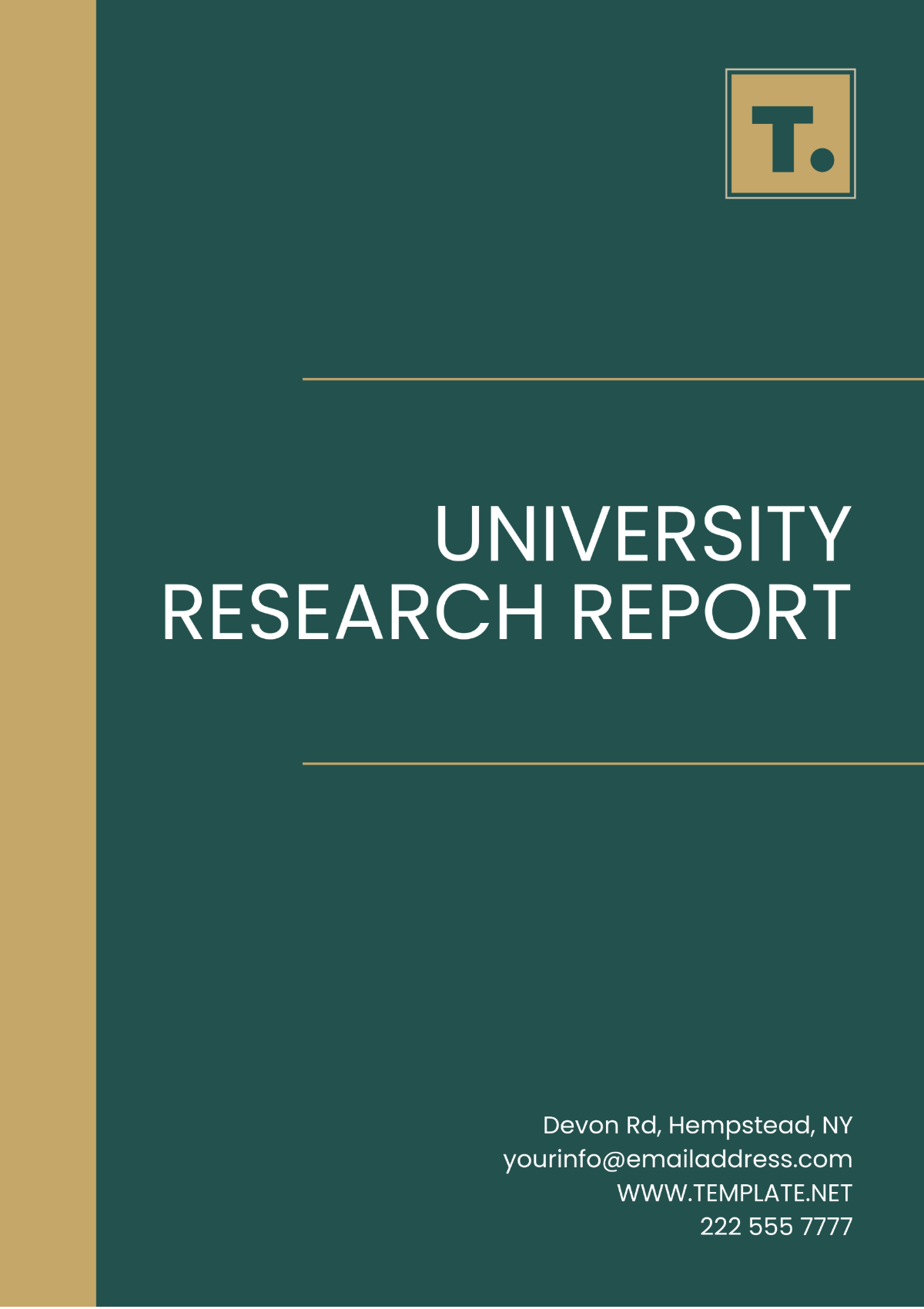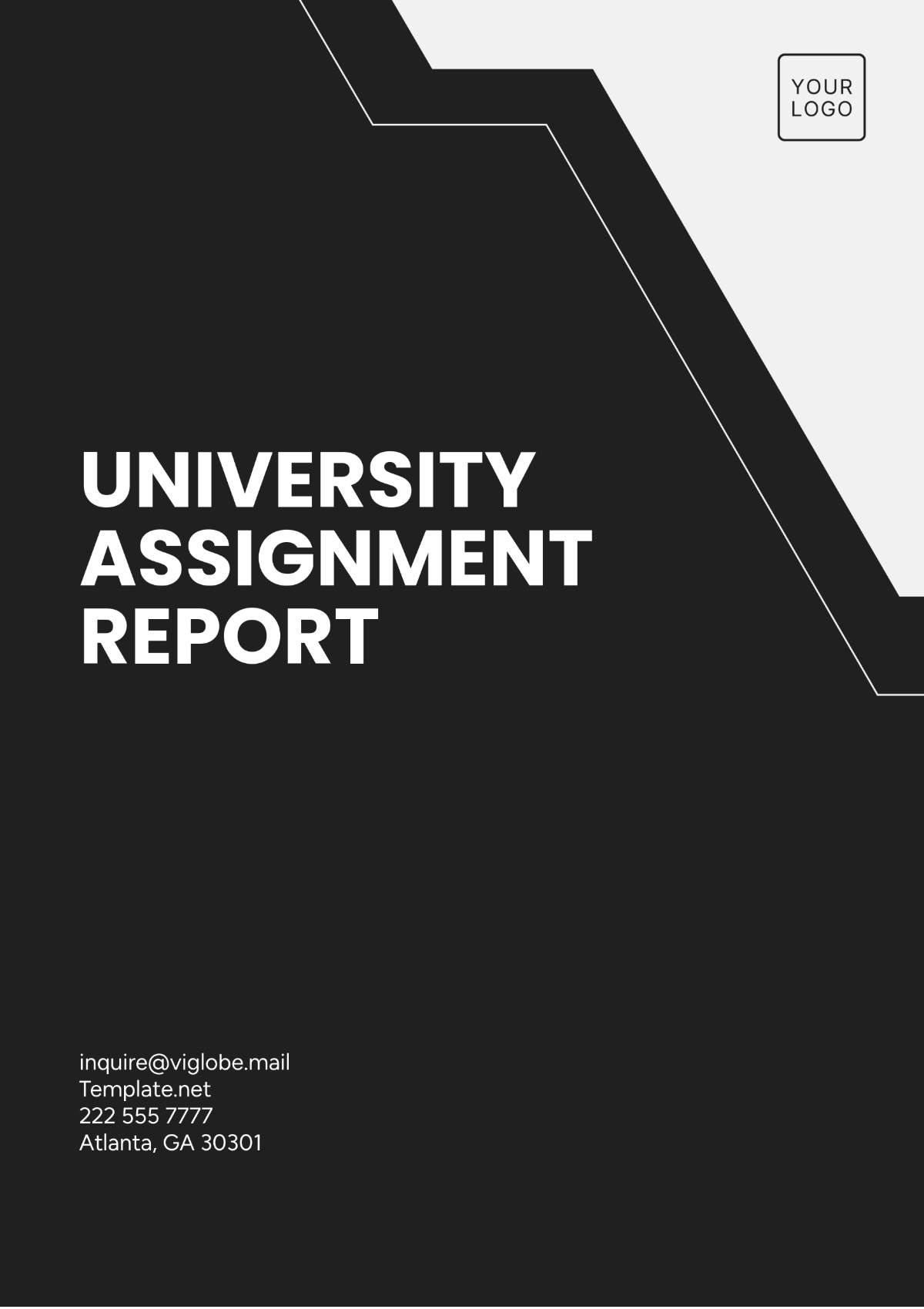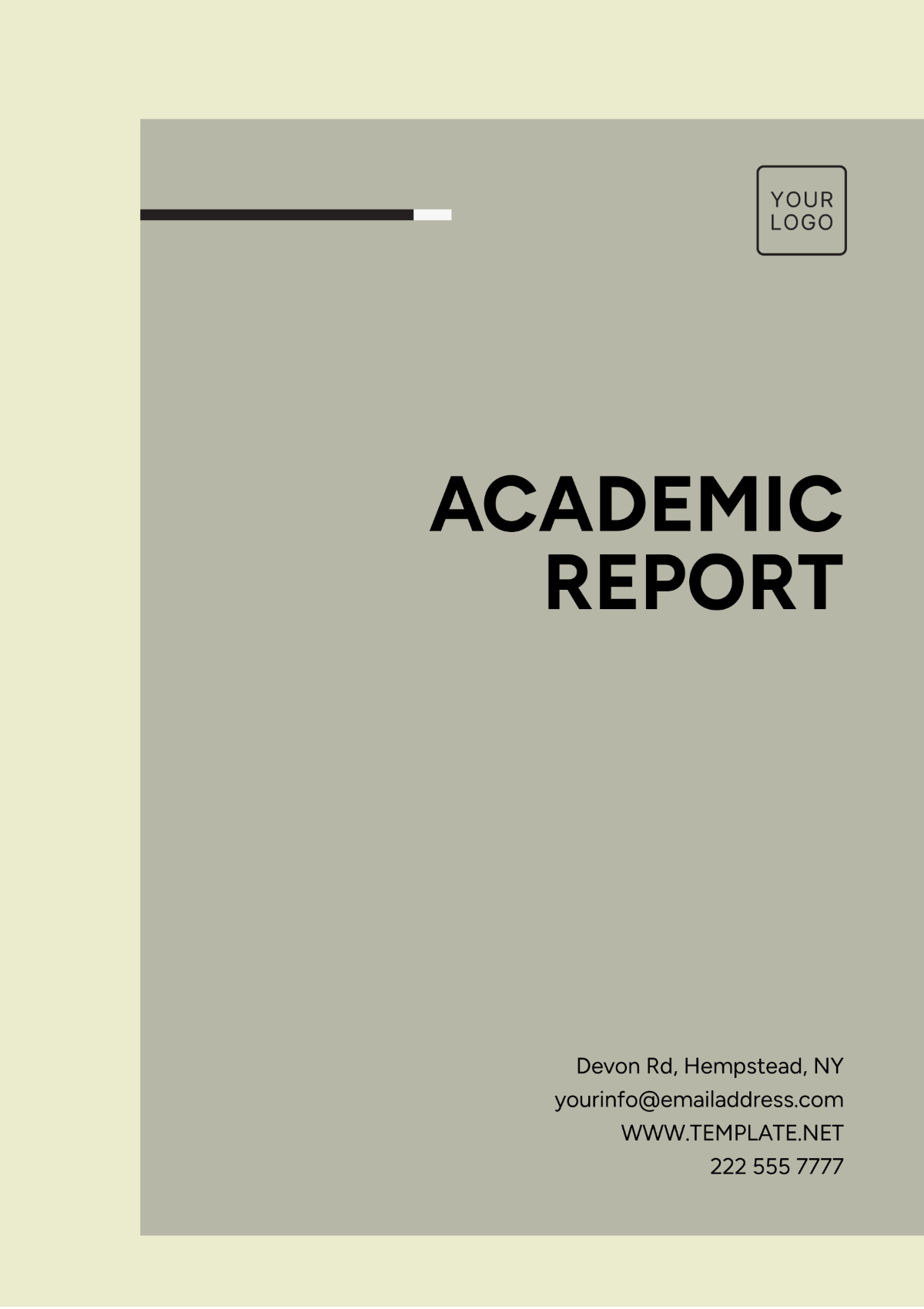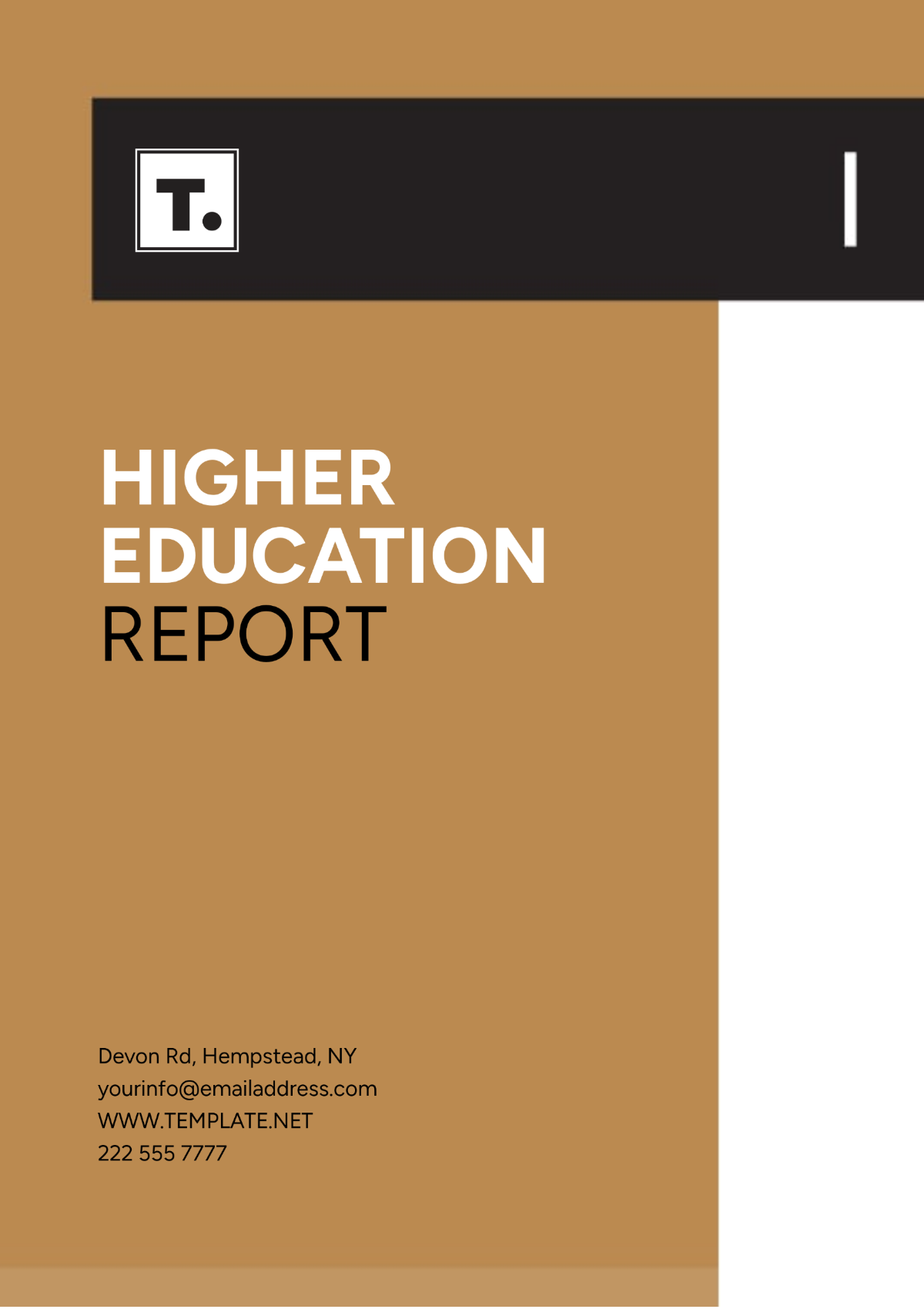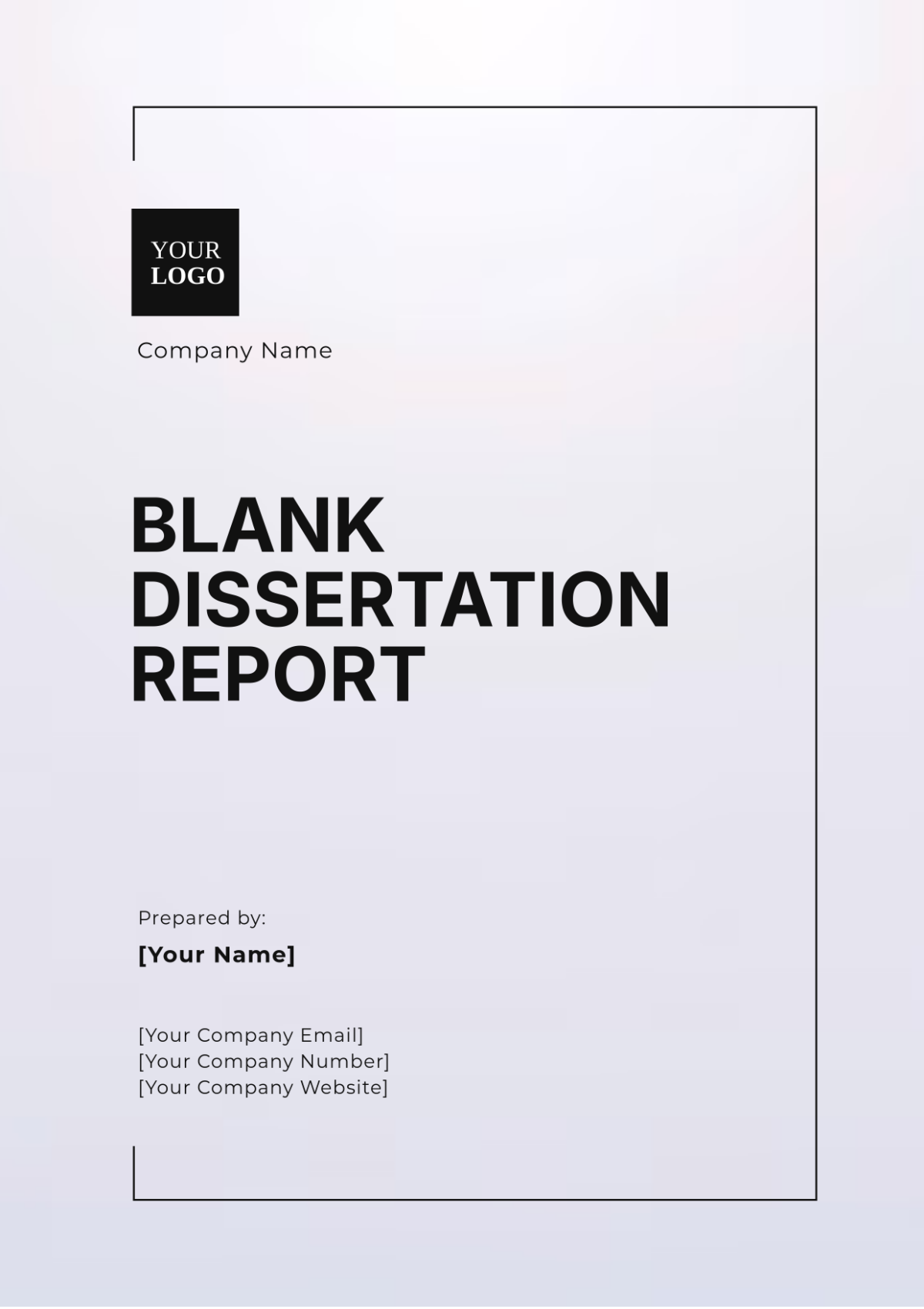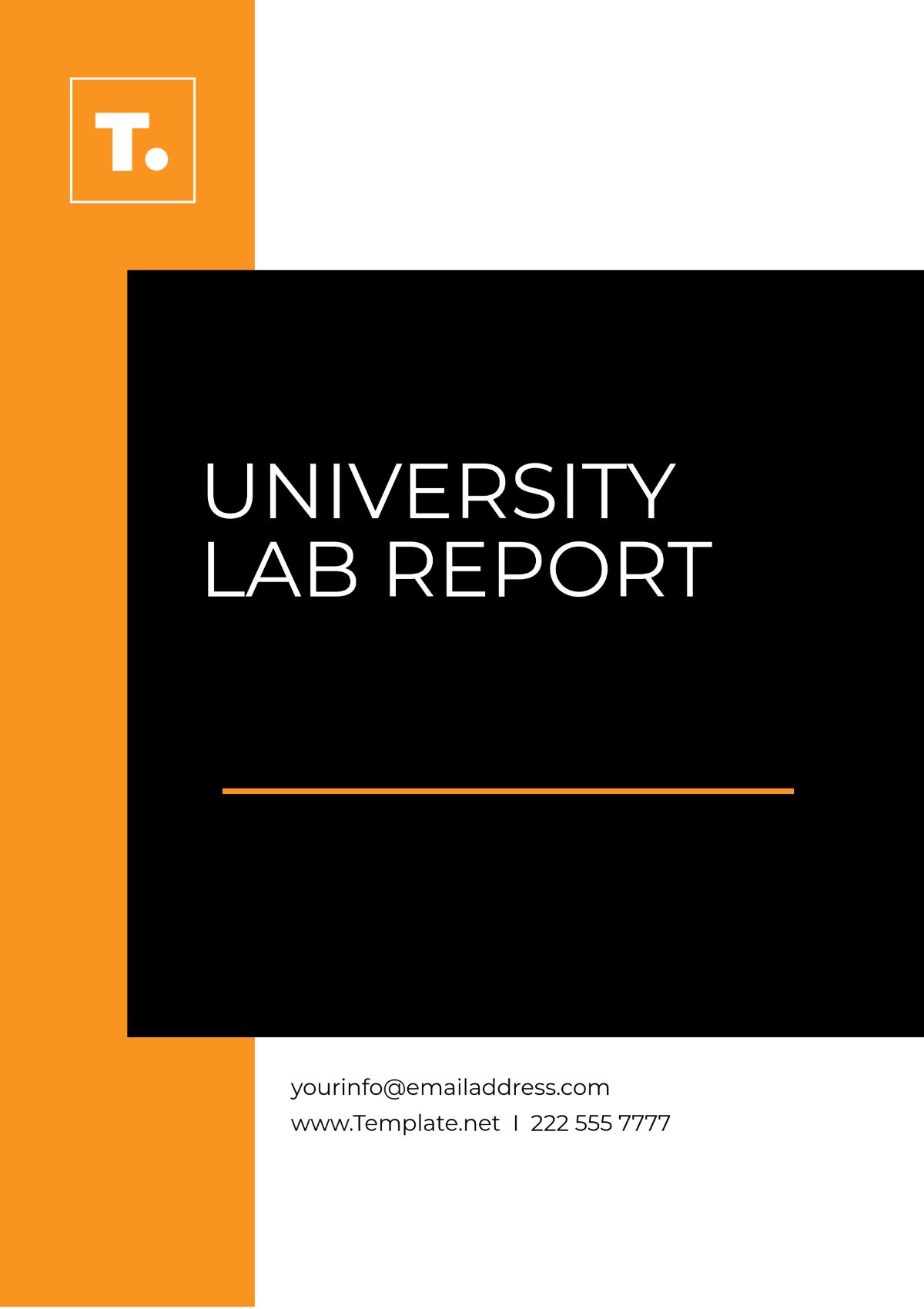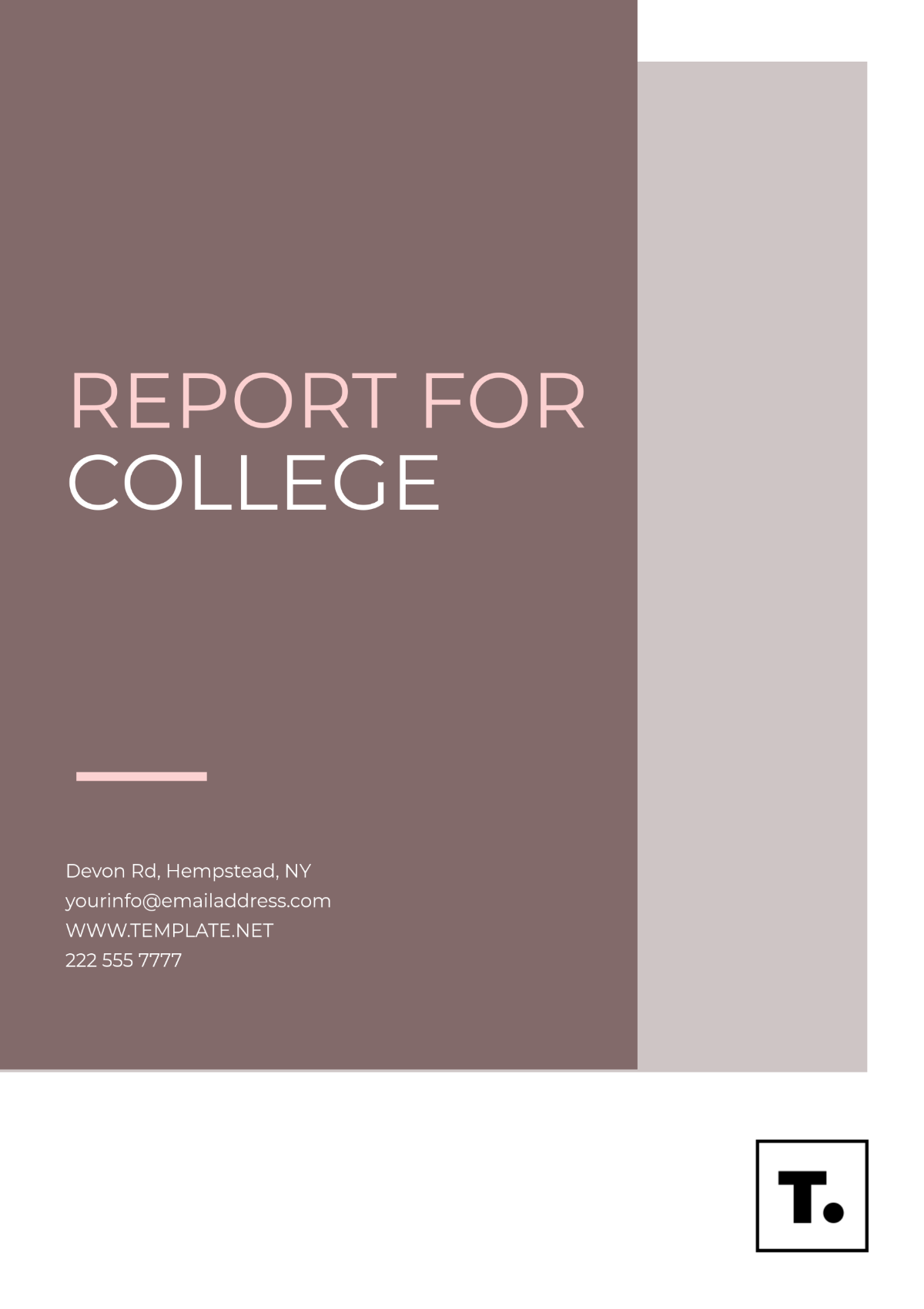University Administrative Report
Prepared by: [YOUR NAME]
Email: [YOUR EMAIL]
[YOUR COMPANY NAME]
[YOUR COMPANY ADDRESS]
[YOUR COMPANY WEBSITE]
I. Introduction
As universities navigate an increasingly complex educational landscape, effective strategic planning becomes essential for achieving institutional goals and enhancing student success. This report provides a comprehensive analysis of strategic planning initiatives designed to foster growth, innovation, and responsiveness to emerging trends in higher education.
II. Current Landscape
In light of evolving educational demands, universities must assess their current strategic positioning. This section reviews key external factors influencing institutional planning, including technological advancements, demographic shifts, and changing workforce needs.
Table 1: External Factors Influencing Strategic Planning
Factor | Description | Impact on University | Current Status | Future Considerations |
|---|
Technological Advancements | Integration of AI and online learning platforms | Enhance learning experiences | In Progress | Continuous investment in technology |
Demographic Shifts | Increasing diversity among student populations | Need for inclusive programs | Ongoing efforts | Development of targeted initiatives |
Workforce Needs | Demand for skills in STEM fields | Curriculum updates required | Review phase | Collaborations with industry leaders |
Funding Changes | Fluctuations in state and federal funding | Budgetary constraints | Monitoring closely | Diversification of funding sources |
Globalization | Rising international student enrollment | Expanded global partnerships | Established | Growth in global outreach efforts |
III. Strategic Goals
This section outlines the strategic goals identified to enhance university operations and student outcomes.
Table 2: Strategic Goals Overview
Goal | Description | Responsible Department | Timeline | Measurement of Success |
|---|
Increase Enrollment | Attract a diverse student body through outreach | Admissions Office | September 1, 2050 | Enrollment statistics |
Enhance Student Support | Improve counseling and mentorship services | Student Services | January 15, 2051 | Student satisfaction surveys |
Strengthen Academic Programs | Expand interdisciplinary programs and courses | Academic Affairs | August 1, 2051 | Program reviews |
Foster Community Engagement | Develop partnerships with local organizations | Community Relations | April 10, 2052 | Partnership reports |
Promote Research Initiatives | Increase funding and support for faculty research | Research Office | November 20, 2051 | Research grants and publications |
IV. Implementation Strategies
To achieve the outlined strategic goals, various implementation strategies must be employed. Key initiatives may include:
Increase Enrollment:
Enhance Student Support:
Strengthen Academic Programs:
Foster Community Engagement:
Promote Research Initiatives:
V. Evaluation and Monitoring
Regular evaluation and monitoring processes are essential to ensure that strategic goals are met. This section describes the mechanisms for tracking progress and adjusting strategies as necessary.
Table 3: Evaluation Metrics
Metric | Description | Frequency | Responsible Party | Action Plan |
|---|
Enrollment Numbers | Track incoming student numbers | Annually | Admissions Office | Adjust recruitment strategies |
Student Retention Rates | Monitor student persistence through graduation | Semi-Annually | Academic Affairs | Implement retention programs |
Faculty Satisfaction | Assess faculty engagement and satisfaction levels | Annually | Human Resources | Develop support initiatives |
Program Outcomes | Evaluate success rates of graduates in the workforce | Bi-Annually | Career Services | Enhance career support |
Research Output | Track number of publications and grants | Quarterly | Research Office | Increase funding opportunities |
VI. Conclusion
In conclusion, effective strategic planning is imperative for universities to thrive in an ever-changing educational environment. By identifying key goals and implementing robust strategies, institutions can position themselves for success while meeting the needs of their diverse student populations. The commitment to ongoing evaluation and adaptation will ensure that the university remains responsive and accountable to its mission and stakeholders.
Report Templates @ Template.net



